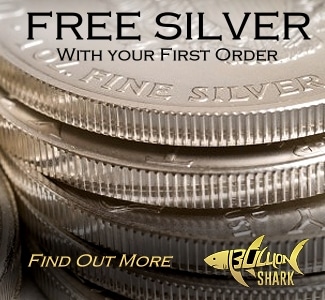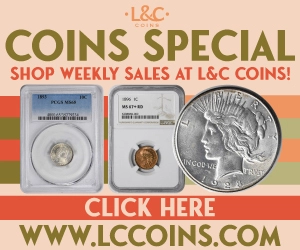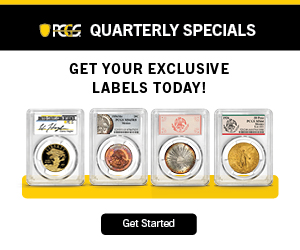Mobile phone users. Stream this podcast for free by downloading the podomatic app or subscribe to the CoinWeek Podcast on iTunes.
* * *
For more than 40 years, numismatist Donn Pearlman has worked with major dealers and market makers to bring broad public attention to the many amazing stories that unfold in the coin-collecting hobby.
In this episode of the CoinWeek Podcast, Donn discusses some of the big projects he worked to promote, including the gold coins, ingots, and other treasure recovered from the SS Central America shipwreck site; the cans of gold coins of the Saddle Ridge Gold Coin Hoard; and the discovery of the lost Walton specimen 1913 Liberty Head nickel.
Donn also discusses writing the script for a coin-collecting documentary starring legendary American actor James Earl Jones. We also cover the demographics of the modern coin-collecting hobby on this podcast and how there are actually more younger collectors now than people think.
* * *
The Coinweek Podcast is brought to you by PCGS. Submit five or more coins for grading and be one of the first to receive a new PCGS Coin Stand – perfect for displaying your favorite PCGS-graded coin.
Whether your favorite coin is a rare 1799 Large Cent graded VF30 or a 2023 First Strike Silver Eagle, what better way to admire your PCGS certified coin than proudly displaying it on your desk, bookshelf, or mantle.
* * *
CoinWeek is the #1 website online for news and information about numismatics.
For four years running, the CoinWeek Podcast has been recognized by the Numismatic Literary Guild (NLG) as the hobby’s Best Audio Program. CoinWeek has also won the NLG Award for the best Numismatic Website for six of the past seven years!
©2023 Collecting Media, LLC
Coinweek is the Gold Standard for independent online media concerning rare coin and currency news; with analysis and information contributed by leading experts across the numismatic spectrum.
More news and videos about coin collecting at CoinWeek.




